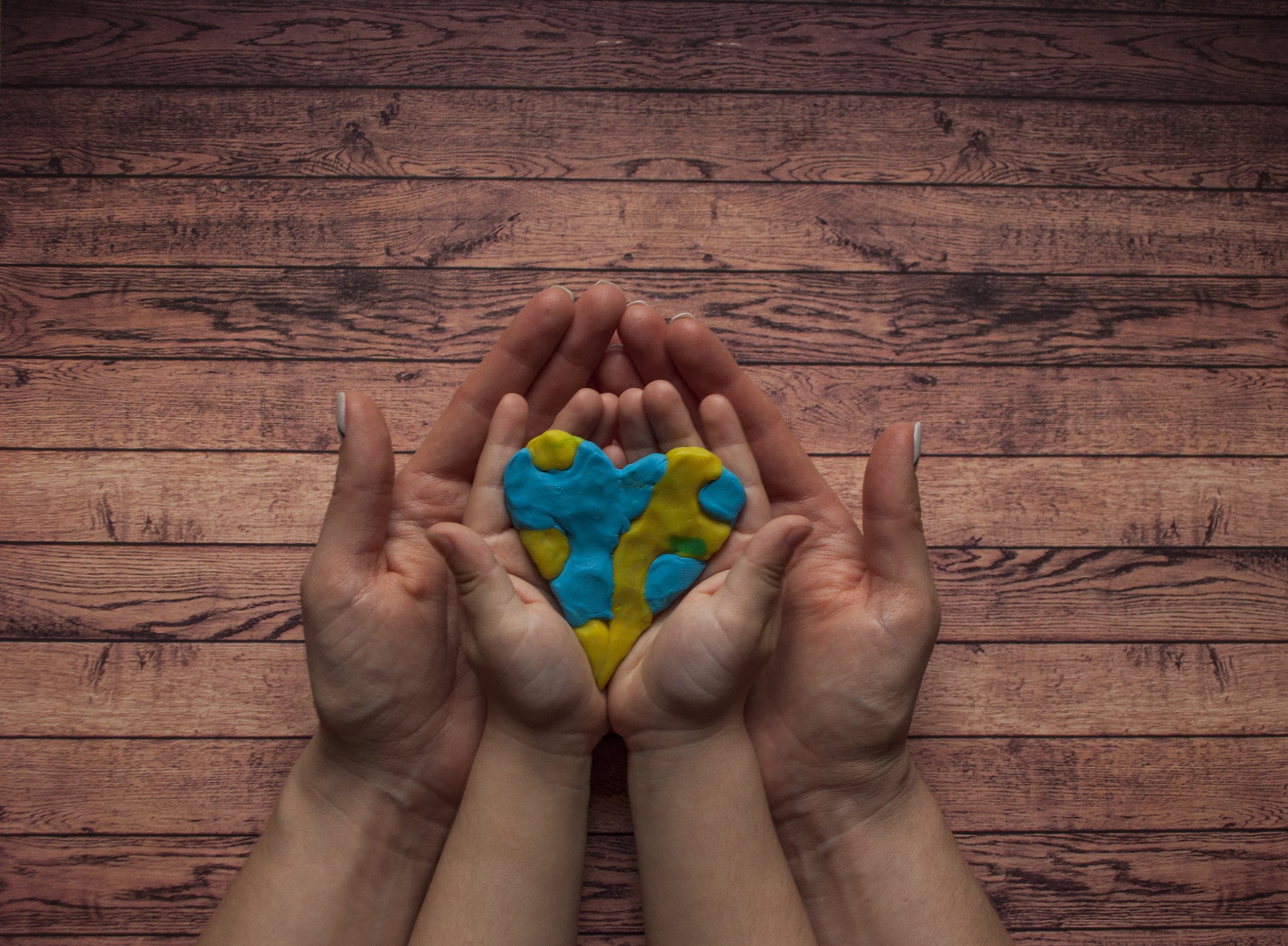
What is Down Syndrome?
Down syndrome is a genetic condition where an individual has three copies of the 21st chromosome. The effects of this extra DNA differs from individual to individual. Nevertheless, people with Down syndrome share the same hopes and dreams, likes and dislikes as everyone else. They love their families, value their friends, root for the home team, and cope with the challenges of daily living such as managing a budget, living independently and having a job. These individuals and their families want the same opportunities for education, health, relationships, community involvement and careers as everyone else. With advocacy and the right supports, we can help make that happen!
Just Like You.
New Parent Resources
Are you a new or expecting parent of a child with Down syndrome?
DSAA has the resources and answers you are looking for. Visit our New Parents webpage to learn more.
FAQs about Down syndrome
-
Symptoms most easily observed in individuals with Down syndrome include:
• Hypotonia - decreased muscle tone
• Nuchal fold - Short neck, with excess skin at the back of the neck
• Low nasal bridge and facial profile
• Microcephaly - small head, including ears and mouth
• Epicanthal fold - Upward slanting or almond-shaped eyes, often with a skin fold that comes out from the upper eyelid and covers the inner corner of the eye
• Brushfield spots - white spots on the colored part of the eye
• Wide, short hands with short fingers, especially the pinky finger
• Single palmar crease - a single, deep, crease across the palm of the hand
• Sandal gap - A deep groove between the first and second toes
• Bell-shaped chestWhile this list is not comprehensive and not all individuals with Down syndrome have all of these symptoms, identification of any of these characteristics at or near birth could indicate Down syndrome, but would require genetic testing to confirm.
In addition to the observable characteristics, there are several other potential symptoms:
• Congenital heart defect
• Cleft palate
• Strabismus (crossed or lazy eye)
• Cognitive impairment
• Atlanto-Axial Instability (excessive movement between 1st and 2nd vertebrae) -
We don’t know why Down syndrome occurs, but we know the cause. In 1959 Dr. Jerome Lejeune discovered that the cause is related to the 21st chromosome and the existence of some level of extra genetic material from that chromosome. There are currently 3 known scenarios related to the 21st chromosome which lead to Down syndrome:
Trisomy 21
This is the most common cause of Down syndrome. Trisomy 21, or T21, is the existence of an extra, complete or partial, copy of the 21st chromosome in every cell of the body. Instead of the usual 46 chromosomes, a person with Trisomy 21 has 47 chromosomes. Trisomy 21 is completely spontaneous, although there are risk factors, including maternal and paternal age. It accounts for 95% of Down syndrome cases.
Robertsonian Translocation
A translocation involves the long arm of the 21st chromosome attaching to the long arm of another chromosome, usually 13,14,15,21, or 22. Typically, this results in the loss of genetic material, leaving 45 chromosomes. Translocation is typically familial and accounts for 2%-3% of Down syndrome cases.
Mosaic
Mosaic is similar to Trisomy 21, except the extra chromosome is not present in all cells. Depending on which cells are affected, a person with mosaic trisomy 21 may not have Down syndrome. In fact, there are many people with mosaic trisomy 21 and have no idea. It accounts for 1%-2% of Down syndrome cases.
-
Down syndrome is named after John Langdon Down, a British physician who first fully described the characteristics of the syndrome in 1866. Some countries, most notably the U.K. and Australia, refer to it as Down's syndrome. In the U.S. that would denote Dr. Down as having had the syndrome. It is an area of confusion and argument, but either way is fine.
What is more important is the use of person-first language. Individuals with Down syndrome are people first - they are not "downs", "downs kids", or "downs people".
-
Prevention
Currently, there is no known way to prevent Down syndrome. We do know that there are risk factors related to the occurrence of Down syndrome:
• advanced age of one or more parents
• familial history of chromosomal translocationMost incidents of Down syndrome occur with young, healthy mothers. There is no known correlation between religion, race, environment, nationality, or socio-economic status and Down syndrome. There is no correlation between incest and Down syndrome. Sadly, this is a common myth, so it bears pointing out.
Cure
Because Down syndrome is the result of a genetic anomaly, a cure is not possible at this time. While stories occasionally pop up about alleged gene therapy providing a cure, research is typically focused on addressing specific health concerns associated with Down syndrome. Most notably, heart defects affect approximately 50% of all individuals born with Down syndrome. Due to years of research, most heart defects are repaired with relative ease.
For more information regarding research initiatives related to Down syndrome, please visit the Down Syndrome Research Foundation and the Global Down Syndrome Foundation.
-
It is currently estimated that Down syndrome occurs in 1 of 691 live births in the U.S.
Because there has never been coordinated tracking of births and deaths of those with Down syndrome, it is difficult to estimate the number of people currently living with DS. However, the previous estimate was recently revised from 400,000 to approximately 250,000 as of 2008.

